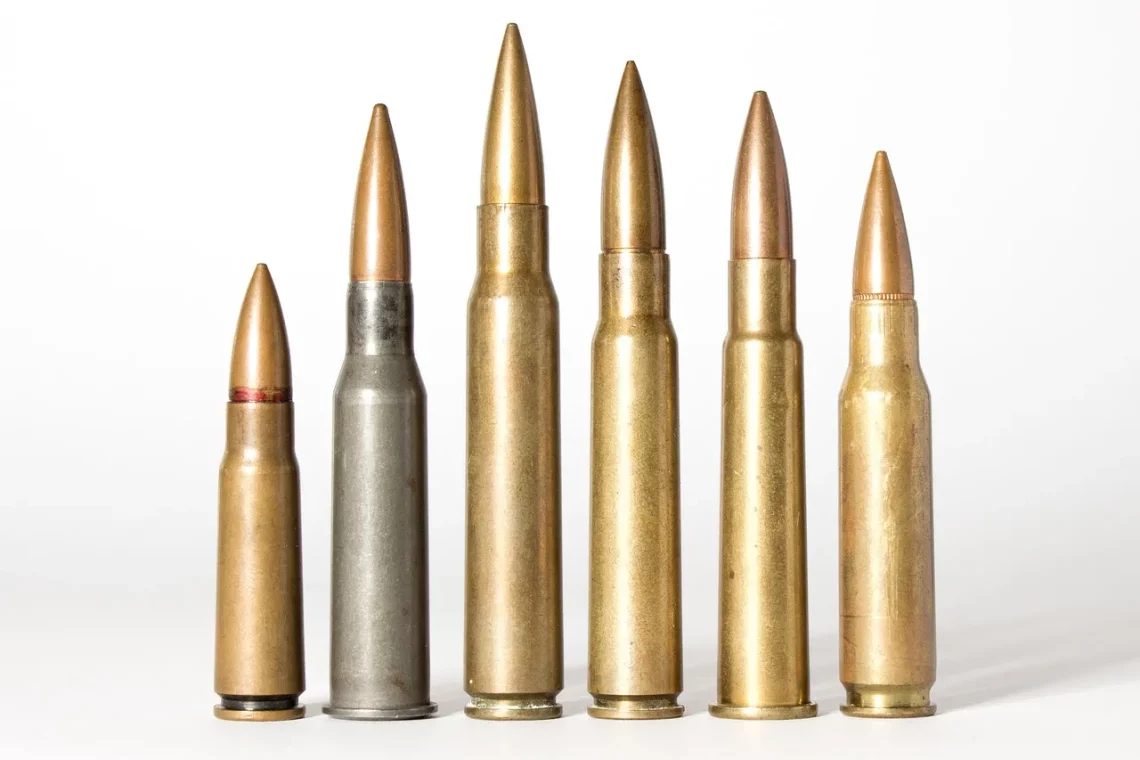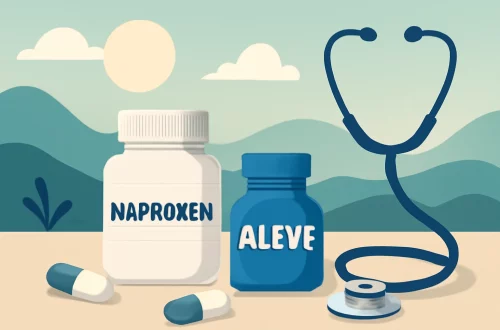
Understanding Cocker Spaniel Moulting: Tips for Pet Owners
Moulting in dogs, particularly in breeds like the Cocker Spaniel, is a natural process that every pet owner should be prepared for. This phenomenon can be surprising to those who are new to dog ownership, especially when they witness the amount of fur that can shed during this time. Cocker Spaniels have a beautiful, long coat that requires regular grooming, but during the moulting season, the grooming routine may need to be adjusted to accommodate the increased shedding. Understanding the reasons behind moulting, its timing, and how to manage it effectively can enhance both the pet owner’s experience and the dog’s well-being.
Pet owners often find themselves confused about the appropriate actions to take during this seasonal change. The transition can be influenced by various factors, including the dog’s environment, health, and even the time of year. Recognizing when a Cocker Spaniel is likely to moult can help in preparing for the extra hair that may accumulate in your home. Furthermore, understanding the grooming requirements specific to these dogs can alleviate concerns and promote a healthy coat.
In this article, we’ll delve into the specifics of Cocker Spaniel moulting, providing insights into how to manage this process effectively, ensuring your furry friend remains comfortable and healthy throughout the shedding season.
Moulting Process in Cocker Spaniels
The moulting process in Cocker Spaniels can be quite pronounced due to their dense, double coat. This breed typically undergoes two major shedding seasons each year, usually in the spring and autumn. During these periods, you may notice an increase in scattered fur around your home. Understanding this natural cycle is crucial for pet owners to maintain a clean living environment and to ensure the comfort of their pets.
Cocker Spaniels possess a unique coat structure that consists of a soft undercoat and a longer topcoat. The undercoat serves as insulation, while the topcoat protects against elements. As seasons shift, the dog’s body naturally sheds the old fur to make way for new growth. This process is not only about aesthetics; it is also important for the dog’s health and thermoregulation. When the weather warms up, shedding the thick undercoat helps the dog to cool down, while in cooler months, retaining that undercoat provides necessary warmth.
During the moulting phase, it is common for Cocker Spaniels to require more frequent grooming. Regular brushing helps to remove loose hair and prevents matting, which can lead to skin irritations. Different grooming tools, like slicker brushes or combs, can be beneficial in managing the shedding. Additionally, grooming not only keeps the coat healthy but also serves as a bonding activity between the pet and owner.
It’s important to note that not all shedding is equal. If a Cocker Spaniel experiences excessive hair loss outside of the normal moulting season, it may indicate an underlying health issue such as allergies, parasites, or skin infections. If you notice patches of baldness or excessive scratching, it may be time to consult with a veterinarian.
Tips for Managing Shedding
Managing shedding in Cocker Spaniels requires a proactive approach, especially during the moulting seasons. One of the most effective ways to handle the hair is through consistent grooming. Establishing a regular grooming routine can significantly reduce the amount of hair scattered around your home. Aim to brush your Cocker Spaniel at least a few times a week, and more frequently during peak shedding times.
Using the right tools is essential. A slicker brush or an undercoat rake can be particularly effective for Cocker Spaniels. These tools help to remove loose hair from both the topcoat and undercoat, minimizing the amount of fur that ends up on your floors and furniture. Additionally, consider investing in a vacuum designed for pet hair to help manage the aftermath of grooming sessions.
Another important aspect of managing shedding is maintaining a healthy diet. Providing high-quality dog food that contains essential fatty acids can improve coat health, potentially reducing the amount of shedding. Omega-3 and Omega-6 fatty acids are particularly beneficial for skin and coat health. Always consult with a veterinarian when considering dietary changes to ensure they are suitable for your dog’s specific needs.
Hydration also plays a crucial role in skin health. Ensure your Cocker Spaniel has access to fresh water at all times, as proper hydration can reduce dry skin, which can lead to more shedding. Additionally, regular baths with a gentle, hypoallergenic shampoo can help keep the coat clean and healthy, though over-bathing should be avoided as it can strip natural oils from the skin.
Finally, consider the environment in which your Cocker Spaniel lives. Keeping the living area clean and free from allergens can help minimize excessive shedding. Regularly washing your dog’s bedding and vacuuming can help create a more comfortable environment for your pet.
Understanding When Shedding Becomes a Concern
While moulting is a normal process, there are times when shedding may become a reason for concern. Pet owners should be vigilant about changes in their dog’s shedding patterns. If your Cocker Spaniel is shedding excessively outside of the normal seasonal shedding periods, it may indicate an underlying health issue.
One common cause of excessive shedding is allergies. Cocker Spaniels can be sensitive to environmental factors like pollen, dust mites, or certain foods. If you notice that your dog is scratching excessively or developing hot spots, it may be worth investigating potential allergies further. A veterinarian can perform tests to determine if allergies are the root cause of the problem.
Parasites, such as fleas or mites, can also lead to increased shedding. These pests can cause significant discomfort for your dog, leading to scratching and biting at their skin. Regular flea and tick prevention treatments are essential, especially in warmer months when these parasites are more active.
Skin infections and hormonal imbalances can also contribute to abnormal shedding. If your Cocker Spaniel is losing hair in patches, or if the skin appears red or inflamed, it is crucial to seek veterinary advice. Early intervention can prevent further complications and help restore your dog’s coat and skin health.
In summary, while shedding is a normal part of life for a Cocker Spaniel, being aware of when it becomes excessive can help ensure your dog’s health and comfort. Regular veterinary check-ups can provide peace of mind and help catch any potential issues early on.
**Disclaimer:** This article is not intended as medical advice. For any health concerns regarding your pet, please consult a veterinarian for professional guidance.




